

We are still so sad...
A taste of summer! Great cooked. We make sauce of them. So good on pasta or pizza!
Thaw to use. Keep in freezer.
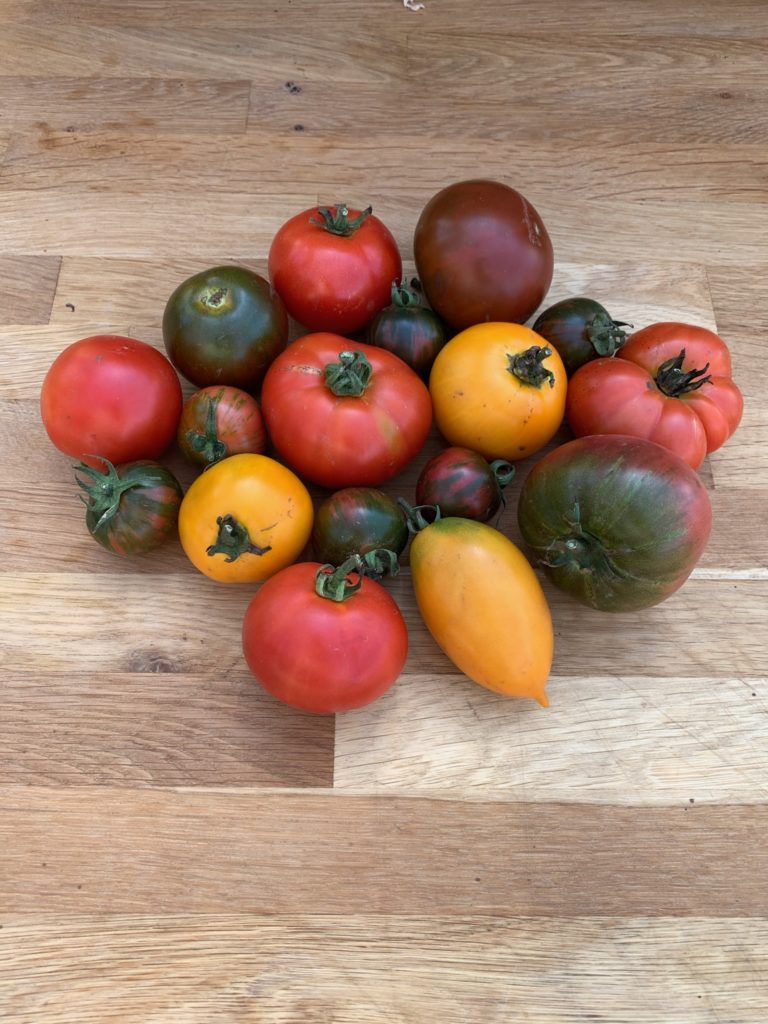
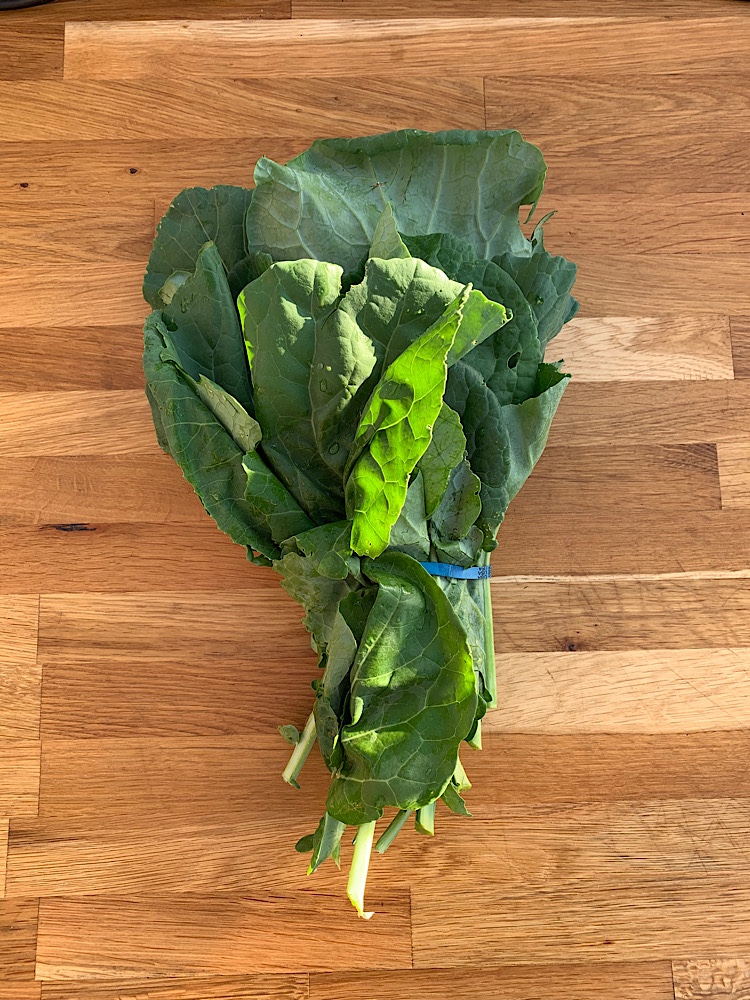
Collards are in the same family as cabbage, broccoli and cauliflower. A bitter green.
Rinse. Eat raw or cooked. Stems take longer to cook. I like to remove them and cook longer than leaves.
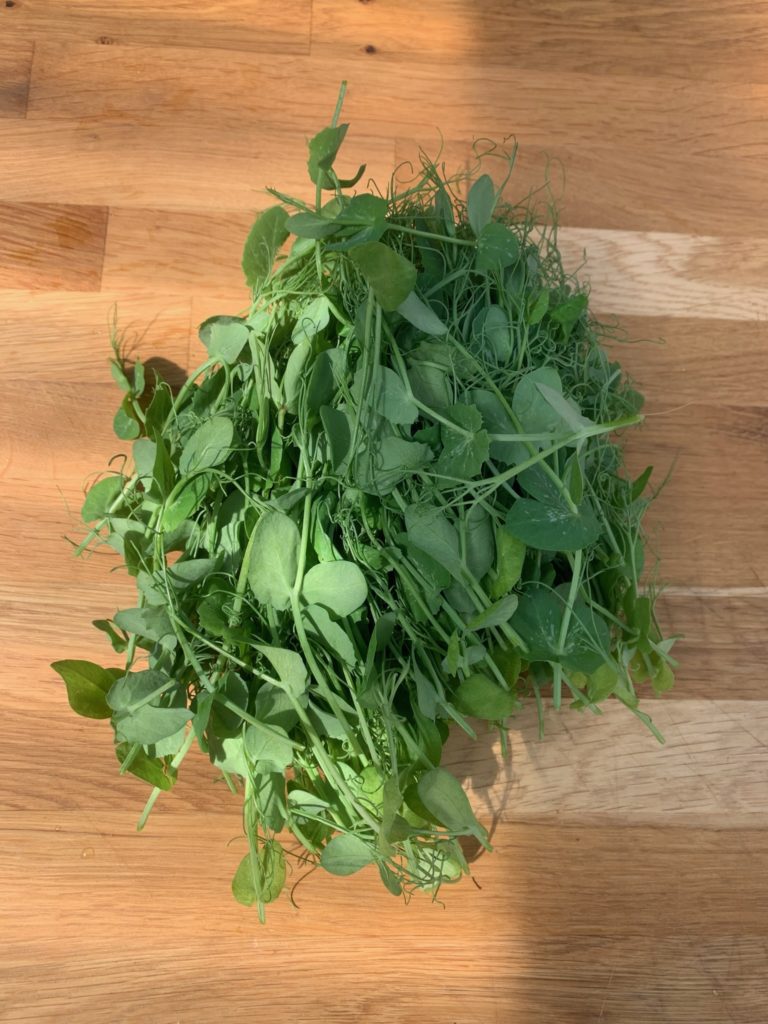
Pea tendrils, also known as pea shoots or pea sprouts, are young and tender tendrils that grow from the tops of pea plants. They are delicate, leafy greens with thin, curly stems and small, bright green leaves. The taste of pea tendrils is often described as mild and slightly sweet, with a subtle hint of the distinct flavor found in mature peas. The texture is tender and crisp, providing a pleasant crunch.
Rinse. The whole tendril is edible. Sometimes the stems get a little woody at the ends and can be removed. Eat raw or cooked.
It's best to use it within a few days for optimal flavor. To store it, place unwashed leaves in a perforated plastic bag or a container lined with a dry paper towel to absorb excess moisture. Seal the bag or container loosely to allow for some airflow. Store the bag in the refrigerator's crisper drawer, where it will stay fresh for a few days.
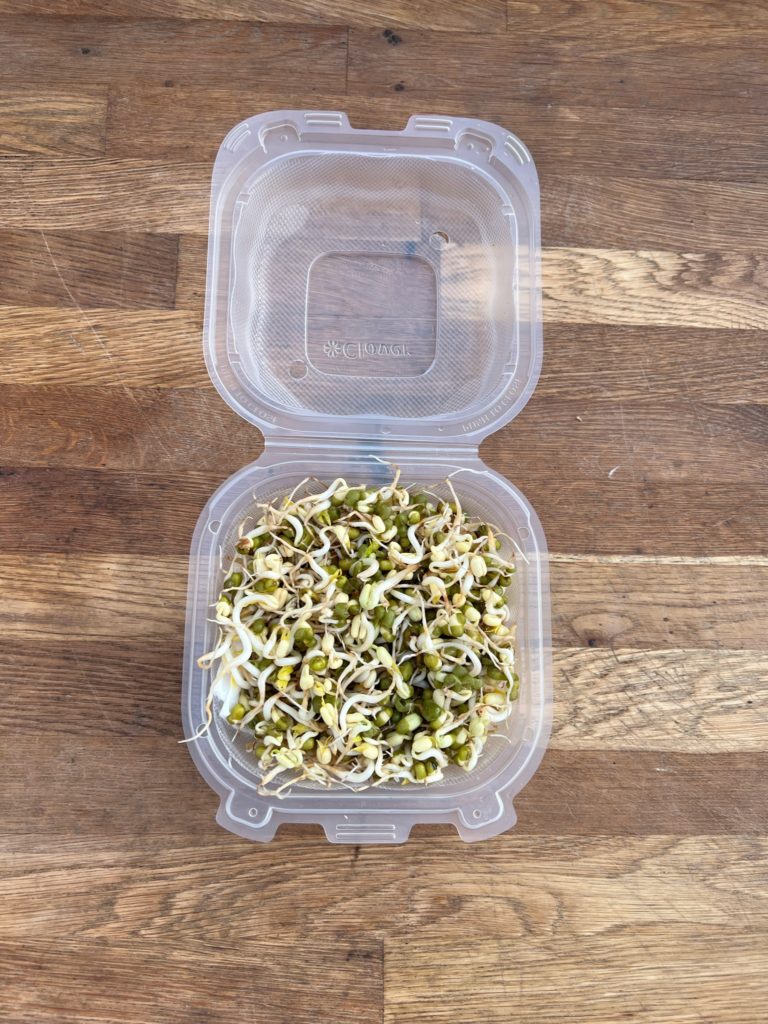
Mung bean sprouts are, crisp, and crunchy sprouts that emerge from germinated mung beans. These sprouts are commonly used in various cuisines, particularly in Asian dishes. Mung bean sprouts have a delicate and mild flavor, with a slight nuttiness.
Rinse. Eat raw or cooked.
To store it, place unwashed sprouts in a container lined with a dry paper towel to absorb excess moisture. Seal the bag or container loosely to allow for some airflow. Store the bag in the refrigerator's crisper drawer, where it will stay fresh for a few days.
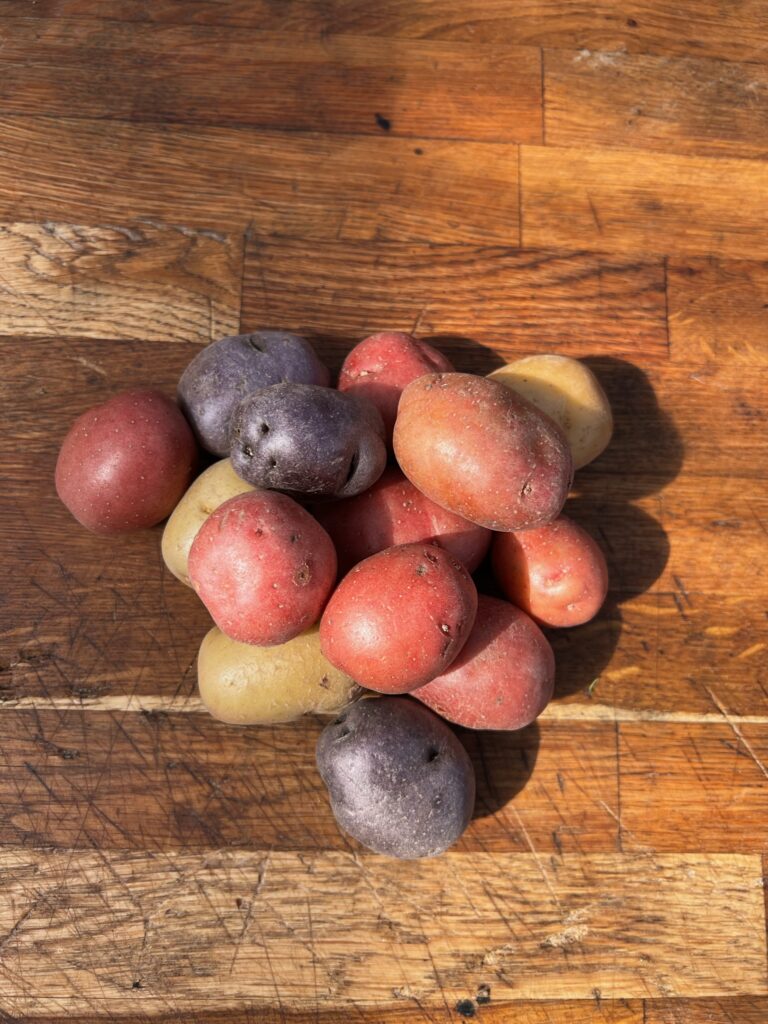
Potatoes are the best. So comforting and reliable.
Rinse and cooked.
Best to keep them in a dark, cool, dry place.